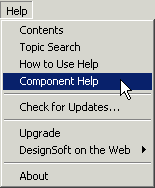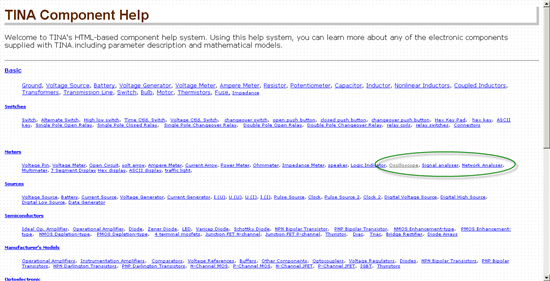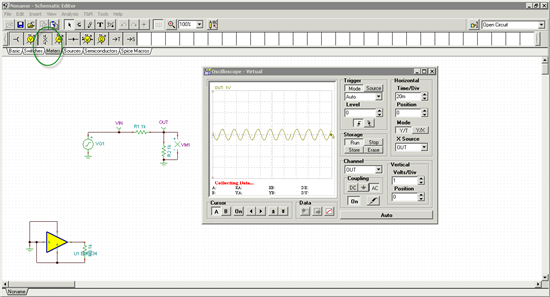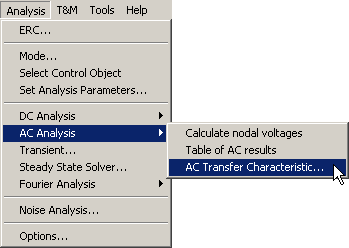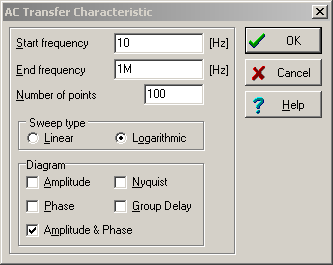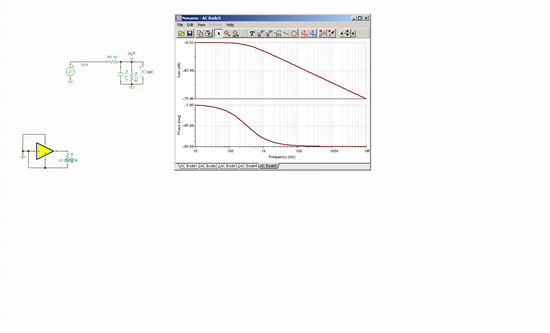Dear All,
thank you very much for helping me and giving me real support with TINA-TI...
Now, i am planning to run Oscilloscope, signal analyzer, etc. with the attached circuit, but nothing is working with me.
The version I use on TINA-TI is Version 7.0.80.96 SF-TI, Build date: 2009 April 6, 11:48:24 AM and i am not sure how to start the above mentioned measuring techniques.
The circuit is taken form a website: http://gilmore2.chem.northwestern.edu/ubb/showpage.php?fnum=3&tid=7122
Please Help me, Waiting for your response asap.
Great Respect.
Mahir


